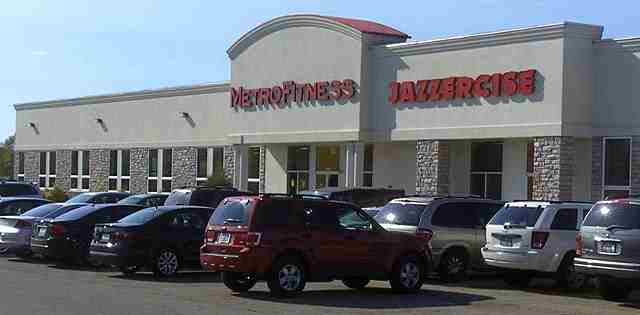MM Team Fitness
The Fitness Industry: What 2013 Is Telling Us About 2014.
- Font size: Larger Smaller
- Hits: 3016
- 0 Comments
- Subscribe to this entry
- Bookmark
This morning I shared a picture on FB of a gym devoid of rows of cardio equipment and selectorized machines. The caption, "Space, the final frontier, a place where the bold have dared to go to explore strange yet highly effective exercise programming, and seek out new members and civilizations of fitness participants in a maturing fitness business universe."
When I opened my email afterward, I was greeted with a newsletter from FBC (Fitness Business Council) summarizing preliminary industry data from 2013 and commentary by various fitness industry leaders and veteran consultants. What was interesting as I read through the newsletter, was that it reminded me of a conversation I had with a female client yesterday regarding the importance of exercise as a component of wellness in the corporate setting, specifically among women business professionals with real lives. Below are a few comments/quotes from the article.
When we open the cover of most fitness industry magazines, over 90% of ads feature young, hard and sexy participants that look like they spend most of their lives dieting and exercising. Yet, the average club member is over 40 years of age, generally overweight and lucky to make it into their facility of choice twice a week because they live real lives (kids, jobs, travel, etc.). The over 40 and not so fit are looking for something simple and all inclusive as a component of their wellness needs (exercise is a component of wellness). They have no aspiration to possess washboard abs or post selfies on FB (sorry selfie friends, just talking about the business here). They just want to live better lives, and perhaps more functional longer lives with less risk of acquiring lifestyle related disease.
Clubs however continue to add more, more and more offerings making an already difficult decision even more difficult for potential members that have less time in their day, with each new day.
Equipment manufacturers continue to create more expensive, "shock and awe" machines to accomplish the same fitness goal that most could manage with a kettlebell, band and rope. They are not creating new products that are responsive to consumer needs with the exception of Rogue Fitness perhaps. Simply more of the same, and more expensive to purchase and costly to maintain for the club, and something that doesn't require long-term coaching to operate (many now have QR codes linked to, how to videos), thus reducing the potential for the increasing important ancillary club sales (coaches).
Obesity continues at epidemic proportions and the healthcare community along with corporate wellness is moving away from treatment and toward prevention that focuses on exercise and lifestyle change. Exercise being the polypill replacing medications as summarized in a publication by Fiuza-Luces et. al, 2013. Yet industry publications feature little in the way of ads targeting weight loss, weight management and wellness programming.
IHRSA (International Health, Racquet & Sportsclub Association) now considers the fitness industry as mature, no longer a growth industry. Clubs are making different capital purchasing decisions, allocating more space to functional training and outfitting these areas with training tools that support "free-form" programming. Treadmill, elliptical, recumbent, stair-climber and stationary bike use are down anywhere from 7% - 16%.
Preliminary data for 2013 suggest that membership sales were up in less than 50% of clubs. One-on-one and group personal training continued to grow slowly, but GEX (group exercise classes) growth appears to have stagnated.
What does this all mean for 2014? A continuing fundamental shift away from washboard abs to wellness, away from membership sales to programs that attract and retain more participants to existing facilities and generate greater ancillary sales. A focus on marketing and programming for the 40+, overweight participant with little time for exercise that desperately needs it to live a better and longer life, and has the means to afford the necessary tools. All they need is someone to care about THEM, not the already fit crowd. In essence, employ the KISS principle, keep it simple and straight forward and make it something designed to prevent or treat injuries, and enhance emotional well-being. What we don't need is more space junk.





